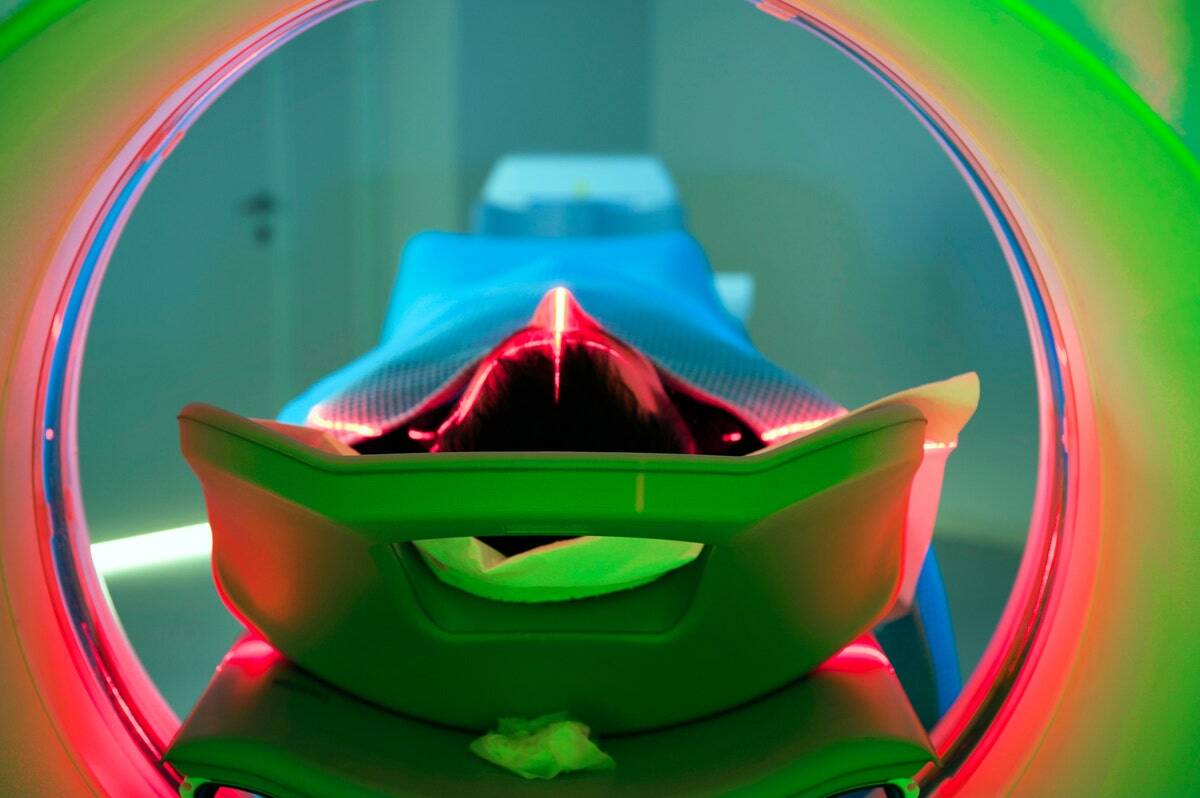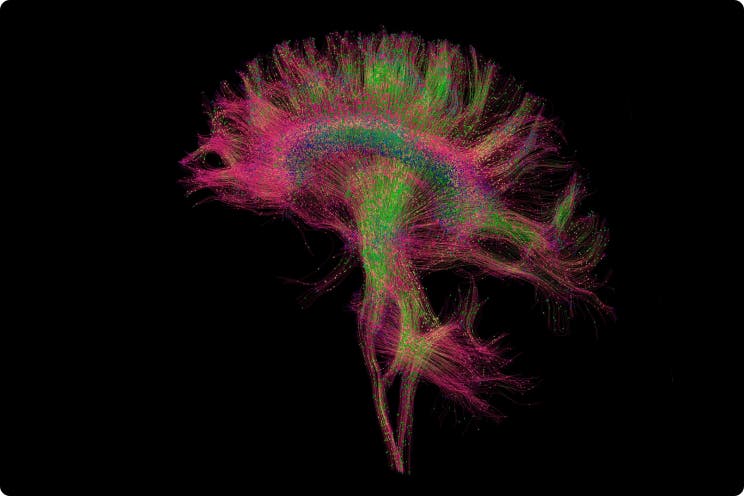The 4 imaging AI questions we all need to be asking

Stop me if you’ve heard this before.
There are around 31,000 radiologists across the country, who look at between 800 million and 1 billion images per year. That’s roughly 3 million images per year, per radiologist. It’s a minor miracle that with that many images to read, not to mention any number of interruptions, breaks, and distractions that may happen during the workday, the miss rate for reading images is only 3-5%. But, nearly half (49%) of radiologists today say they feel more burned out now than during the few months of the pandemic. If you surveyed radiologists on how they describe their feelings toward their job, words like “overwhelmed” and “exhausted” dominate the word cloud.
These challenges aren’t new. I’ve written before about how imaging AI applications hold a lot of potential to mitigate these challenges and the burnout they create. Yet imaging AI adoption, for all its promise, has moved slower than many of us expected. Today most imaging organizations only have three or fewer AI applications in production, and less than 30% of radiologists currently use AI in their practice. Many still aren’t sold on AI and need to be shown what exactly a successful AI application can mean for their workflows. For other organizations, the interest and support may be there, but the path forward – where to begin, what questions to ask – is unclear.
In this piece I want to shed light on the questions you should be asking to jumpstart your imaging AI strategy, and what a successful AI deployment can look like for your organization.
The 4 essential AI questions you should be asking
- Are the right tools in place to ensure a smooth experience for clinicians, so that patients can receive better care?
Patients are at the center of care; they are why we do what we do in the first place. Maintaining that and doing a better job of it means having the right workflows. Are your workflows currently setting up clinicians for success? Is there a void that AI can fill to make these workflows smoother and more conducive to better patient care? Or are they overwhelmed with too much data, too many clicks, too much analysis? When dealing with workflows bogged down by too much manual intervention, measurement, tracking, comparing and logging, the ability to streamline or automate many of these functions with AI can go a long way in helping clinicians achieve faster and more accurate care outcomes.
- How do we make AI make seamless and integrated, not just yet another tool?
The good that AI can bring to clinicians’ workflows is undermined if AI is simply another tool thrown on top of a pile of other disparate tools. The ability to integrate AI into workflows and IT environments without disruption is as important as the AI itself.
- How can we help leverage the algorithm ecosystem to meet our particular needs?
The C-suite, the PACS administrators, the clinicians using the AI, and the patients who benefit from it are all participants in a complex system. As stakeholders, we do exist in silos from each other, but in service of a common end goal to deliver quality care. The AI solutions we embrace have to be tailored to the unique needs of each individual organization in order to optimize outcomes – and that means having a broad ecosystem of solutions to choose from.
- What is the cost of not adopting technologies that can yield crucial “soft ROI”?
ROI is frequently measured in hard dollars and cents, but what about the soft benefits that imaging AI solutions could yield? For example, enabling personalized care at scale, reducing potential errors and preventable negative outcomes, improving the daily workflow experience for clinicians and preparing health organizations for changing patient needs in the future. Whatever you think your organization is saving by not adopting AI, is it worth this trade off?
3 models of AI success
How to start your imaging AI journey is just one part of adoption; knowing what success looks like, and the endpoint that AI solutions can bring you to, is just as important. Here are just three examples of how we envision successful AI deployments, enabled by Merative through our ecosystem of innovative AI partners, and what they can mean for your organization.
- AI orchestration that can offer a strategy for specialized image analysis tools, at scale.
An AI interoperability approach provides consistent, efficient, repeatable, and financially attractive strategies. That means:
- Simplifying complex processes so physicians and IT have control over their workflows
- Streamlining AI deployment and outsourcing its management, to take one more thing off the clinicians’ and IT’s plate
- Orchestrating AI insights within workflows, eliminating extra steps that make it harder and slower for clinicians to get those insights
- Providing total choice and control of AI deployments, so the solution fits your needs, not the other way around.
Finally, it means having access to multiple algorithms, at your discretion and as your needs change, aggregated by a single platform provider – as Merative does.
- Faster results in triage, with AI tools that can be integrated into your PACS.
AI can help prioritize high-alert abnormalities in your worklist – the images that simply can’t wait hours or days while you’re catching up on a backlog of mammograms. Integrating AI into the PACS, so clinicians can seamlessly access triage applications within their system, helps ensure that the most time-sensitive studies are moved to the front of the queue, without slowing down or interrupting the clinician in the process.
- Algorithms that can be infused into workflows for higher productivity
Imagine two potential applications of this. One is the patient EHR summary: natural language processing identifies the patient’s information within the EHR that’s relevant to the context of the study, giving radiologists a better sense of the bigger picture and enabling them to make more accurate diagnoses.
The other is worklist prioritization: automating and streamlining the distribution of cases to radiologists across the team, accounting for factors like workloads and clinical specialties. All to ensure that each individual radiologist’s workload is actually manageable, rather than burning them out to an early retirement.
The path forward
We still have a long way to go in deploying mature, sophisticated imaging AI applications that can help clinicians to have greater confidence in their diagnoses. But there are many robust applications already available in the market that many healthcare organizations simply aren’t aware of. If you’re not sold on the promise of AI yet, or don’t know where to begin, start with the checklist of questions above. The sooner you begin your AI adoption journey, the sooner you can make those scenarios of success your reality.
Related Articles

Three ways AI can enhance radiology imaging workflows – right now
Some observations and proof points of how AI can help address the operational and...
By Raj Chopra | 7 min. read

4 Ways this RSNA Panel Laid Out The Future Of Imaging AI
The paths forward to more rapid and widespread AI adoption in medical imaging.
By David Gruen | 6 min. read

Merge April 2024 newsletter: Bringing Best in KLAS to ACC
One of our favorite spring events is just around the corner! The American College...
By Julie Pekarek | 3 min. read
Ready for a consultation?
Our team is ready to answer your questions. Let's make smarter health ecosystems, together.
